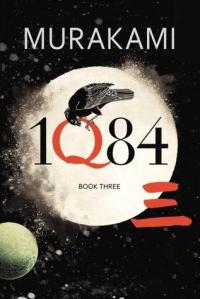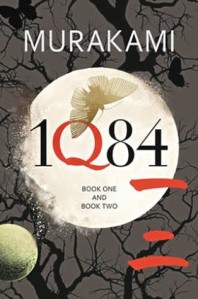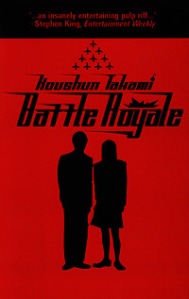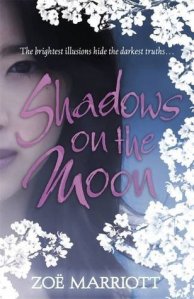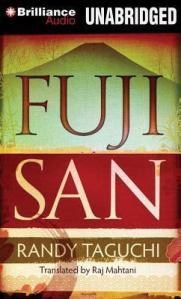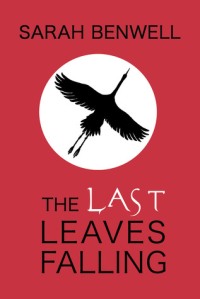
What’s it all about?:
And these are they. My final moments. They say a warrior must always be mindful of death, but I never imagined that it would find me like this . . .
Japanese teenager, Sora, is diagnosed with ALS (Lou Gehrig’s disease). Lonely and isolated, Sora turns to the ancient wisdom of the samurai for guidance and comfort. But he also finds hope in the present; through the internet he finds friends that see him, not just his illness. This is a story of friendship and acceptance, and testing strength in an uncertain future.
What did I think?:
I read this book quite a while ago now (due to an incredibly long backlog!) and it’s taken me this long to try and collect my thoughts and feelings about it. Even now, I’m not sure if anything I say will make sense or if I can fully describe how this book played on my emotions or write a review that does justice to the beauty and brilliance of this fantastic debut novel but I’ll try my hardest. The Last Leaves Falling is not an easy book to read (emotionally speaking) by any stretch of this imagination and delves into some very murky places but if you’re strong enough to deal with a bit of sadness and despair, there are also a lot of rewards to be had in terms of the importance of love, friendship and family – all very prominent themes in the narrative.
Our main character is the wonderful Sora, who I instantly fell in love with. Sora is seventeen years old and is desperate for the life of a “normal” teenager but he is cruelly prevented from living his life the way he wants because of a terminal neuro-degenerative illness – ALS or Lou Gehrig’s disease that is rapidly progressing through his body. He is now unable to attend school and relies heavily on his wheelchair and his mother to help him perform the menial tasks that we all take for granted, like getting washed and dressed ourselves. This is not only incredibly frustrating for a boy that used to be very active, but excruciatingly embarrassing for a young man of his age.
Sora spends most of his time online, reading the poetry of wounded samurai and emails he receives which describe an increasing number of individuals in Japan that contemplate or end up committing suicide. This is something he considers thoughtfully and intelligently, imagining how much worse life is going to get for him particularly when the muscles responsible for his breathing also fail him. At the same time, Sora just wants to be like everyone else. He meets two other teenagers online and strikes up a beautiful friendship with both, finally able to talk about normal teenage “stuff,” and not be the young man with a terminal illness. It is through the friendship and love of his new friends, Mai and Kaito that provides Sora with a reason for existing, hope and guaranteed assistance for the end of his life which will be devastatingly all too soon.
There are no words to describe how stunning this book is. From the beautifully drawn characters and their relationships with each other to the imaginative plot which is written in such a spectacular fashion, bringing me close to tears and making me appreciate my own life, friends and family even more. I struggle with a chronic illness myself and often have days when I rail at the unfairness of the world…until this book. Now I just count my blessings. As I mentioned before, it deals with some tough subjects like terminal illness, suicide, end of life care and as a result, was quite heart-breaking to read at many points but infinitely worth it. As a big fan of Japanese culture, I also appreciated the setting which was a refreshing change from other works of YA fiction that are set in the Western world and hugely applaud Fox Benwell for the diversity that was demonstrated in this book in general. I really urge everyone to read this book if you like what you’ve read so far, it’s an emotional journey but one you’ll be so glad you took!
Would I recommend it?:
But of course!
Star rating (out of 5):

